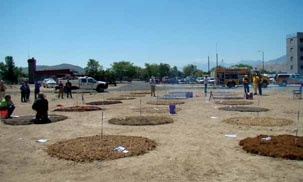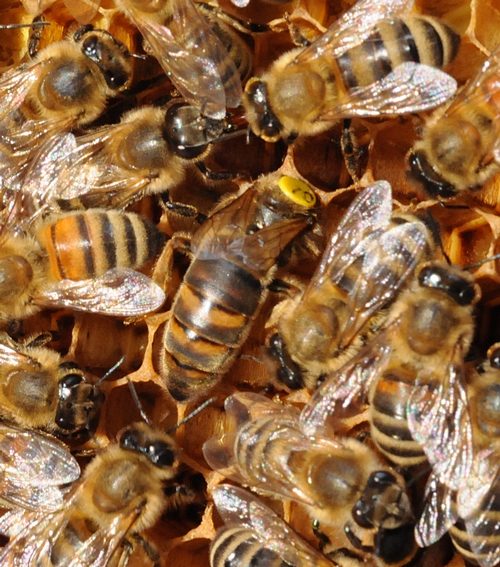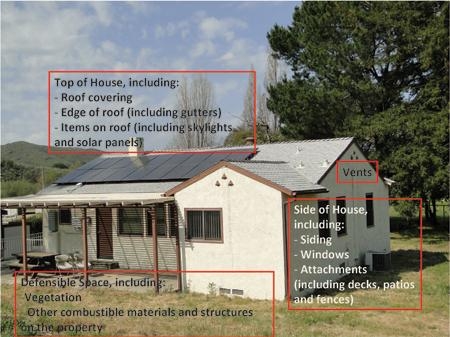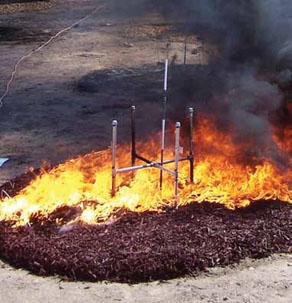Posts Tagged: construction
It only takes a spark
The Las Conchas fire that recently consumed nearly 137,000 acres in Los Alamos, N.M., serves as a reminder of how quickly fire can move if given fuel. I can’t light a barbecue with matches and lighter fluid, but a small ember drifting on the wind can find so many ways to burn down people’s homes if given the right conditions.
Removal of vegetation near Los Alamos National Laboratory, which is part of the UC system, created a buffer and helped spare the lab from the Las Conchas fire, which came within 50 feet. Creating a buffer is one of many preventive measures that can be taken to protect property from wildfires.
In a wildfire-prone area, even if you have a house with a concrete tile roof and noncombustible siding, an ember landing on landscape mulch, igniting plants around the home or floating into a vent on the house or under decks may set the house ablaze, warns a UC Cooperative Extension fire expert.
“From years of observing the aftermath of fires and testing fire-resistant building materials, we have developed a much better understanding about what happens,” says Steve Quarles, UC Cooperative Extension wood performance and durability advisor.
Quarles lists six priority areas for evaluating the vulnerability of homes in fire hazard zones: the roof, vents, landscape plants, windows, decking and siding. For details on how you can reduce the threat of wildfire to your home, visit Quarles' Homeowner's Wildfire Mitigation Guide.
“We know that the zone within about five feet of the home is very important to home survival during a wildfire,” Quarles says.
Landscape mulch provides many benefits to a garden, but Quarles and his colleague Ed Smith, University of Nevada Cooperative Extension natural resource specialist, found that many types of mulch are capable of catching fire and burning. Within five feet of a house, they recommend placing only rock, pavers, brick chips or well-irrigated, low-combustible plants such as lawn or flowers.
Quarles and Smith have published a new manual comparing the relative susceptibility of eight mulch treatments to igniting and burning. To download a free copy of “The Combustibility of Landscape Mulches,” visit the UC Fire Center website.

The scientists tested eight types of landscape mulches, shown in this test plot.
If I Had a Hammer...
The number of new housing developments throughout the country continues to shrink as we struggle with the throes of a deep recession. That's with...

Queen Bee

Line-Up

Inspecting a Cell



